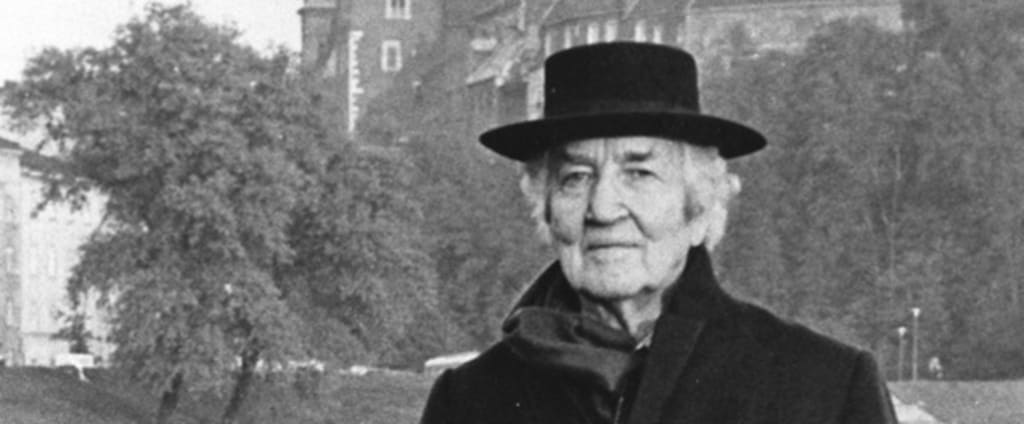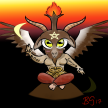
This is part three of my review series on The White Goddess. You can find part one hereand you can find part two here.
Here’s a problem that I run into when reading The White Goddess, and I suspect it’s a problem other people run into also. Robert Graves is really speaking a language that has become ingrained for him through his thinking and his reading, but that doesn’t necessarily translate automatically to a general audience. Am I wrong about this?
The third chapter opens up with a reference to something called the Myvyrian Archaiology, a reference offered so breezily I thought he might have been making it up the first time I read it. A Google search for the same reveals it to be an anthology of Welsh literature published by historians in 1801. Every paragraph in this entire book has references like this, even in the Google era it gets to be a bit much to keep checking up on.
The magical properties of a person’s true name are discussed. Any target of magical or religious attacks can protect themselves by protecting their anonymity, at least in part. Consequently, it is a common theme in fairy tales for a main challenge to involve guessing the target’s name, ala Rumplestiltskin.
This chapter also goes into certain kinds of ways mythology mirrors the culture producing it and changes in similar ways over time. A goddess worshipped by nomadic people disappears, replaced by a male deity worshiped by sedentary agriculturalists. The next paragraph gets into some analogies between the Celts and the Greeks that gloriously stretches the intellect. Can a tribal patron of Welsh ploughman really be associated with an Aegean sea goddess who is also associated with Hercules? This is a really different way to think about mythology than the way we were taught in the schools I went to, and it’s part of the reason this book has captured my attention to the extent that it has. I no longer think of ancient people as a collection of strictly defined cultures with unique mythologies but a dynamic system of groups interacting with each other, sharing mythologies and knowledge, playing off one another.
Graves claims offhandedly that Denmark takes its name from the Tuatha de Danaan, who are a group of ancestral tribes of Ireland. The Wikipedia page on the etymology of the name Denmark mentions nothing of this, although the alternative explanations are speculative and, in some cases, outright mythological. Graves whips through the origins of the Picts, the history of the Aegean, and the tribal politics in the book of II Kings. Finally he gets to his point about the Dog, the Roebuck, and the Lapwing.
The historical timeline offered as framework for this argument stretches from 6000 BC to 45 AD. Some tribal history comes up, contemporary with the Romans. But, does mythology actually refer to historical events? Graves is extensively exploring what historical events the Battle of the Trees could refer to. He incorporates Hebrew mythology into this Celtic-Greek mixture at a frankly dizzying speed. The seamlessness of it what makes it so compelling, so hypnotic, and so difficult to fact check.
The British god Beli is associated with a Babylonian god Bel, the Sumerian Goddess Belili, and the Biblical expression “The sons of Belial.” Belili is a Goddess of trees, and Graves takes this line of reasoning as far as it will go. All these “Bel” names are associated with words for “white” and “beautiful” and willows or tree branches in all kinds of different languages, and the use of willows and alders in religious traditions is extensive.
It's pretty obvious that this guy reads everything, and when he compares and contrasts mythologies from different cultures, he is a person who sees what they have in common. The sense that I get coming away is that Graves is looking at the whole body of human literature and seeing a single, sprawling, coherent story, incorporating everything and excluding no one.
About the Creator
KJ Thomas
I'm chasing after whatever this whole thing is building to. You can talk back to me here: https://agnostic.com/member/KJThomas and my profile artwork was made by my good friend Tabitha: https://www.instagram.com/tabithaslander/






Comments
There are no comments for this story
Be the first to respond and start the conversation.